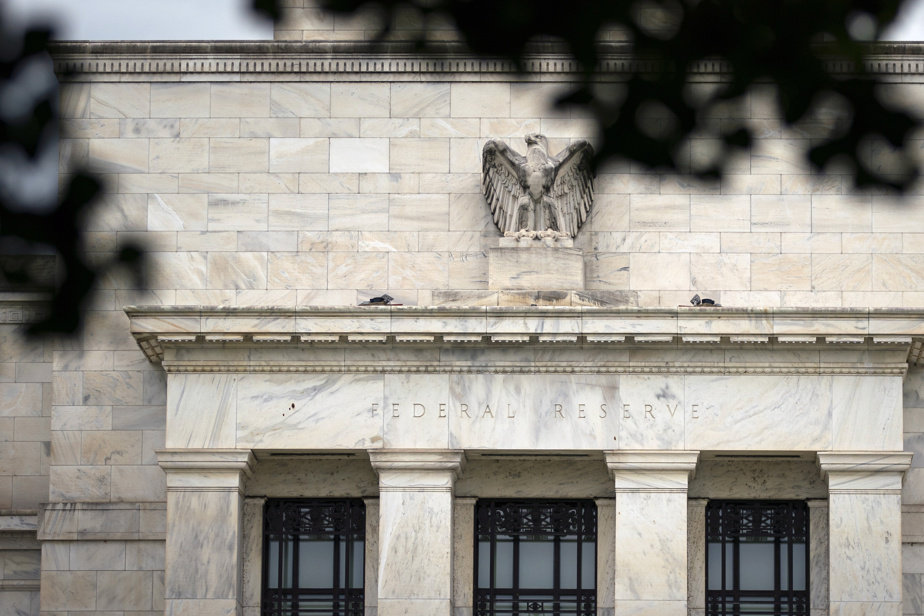(Washington) The American central bank (Fed) maintained its interest rates at their highest level in 20 years on Wednesday, but opened the way to a reduction in September, now concerned by a rise in unemployment and no longer just by inflation.
Federal Reserve officials decided Wednesday to keep the institution’s rates in the range of 5.25 to 5.50% where they have been for a year. A decision taken unanimously.
“If conditions are right, the rate cut could come as early as the September meeting,” Fed Chairman Jerome Powell said at a news conference following two days of meetings of the institution’s policy committee, the FOMC.
“The general feeling in the committee is that the economy is getting closer to the point where it will be appropriate to cut our rates,” he added.

PHOTO MANUEL BALCE CENETA, ARCHIVES ASSOCIATED PRESS
Jerome Powell, Chairman of the US Federal Reserve
The rate cut would be the first since March 2020, when the COVID-19 crisis abruptly shut down economic activity, prompting the Fed to reduce the cost of money to zero.
American businesses and consumers are longing to be able to borrow money more cheaply again. The Fed’s interest rates determine the rate at which banks lend.
Encouraged by these comments, the New York Stock Exchange ended its session up on Wednesday, with technology leading the way.
“Risks” on employment
The FOMC said it was “mindful of the risks to both aspects of its mandate,” namely ensuring stable prices and full employment, its officials stressed in a statement, mentioning that the unemployment rate “remains low.”
These comments mark a clear shift from the FOMC’s previous statement, which only discussed inflation risks.
The July unemployment rate in the United States will be released on Friday. It is expected to be stable compared to June, at 4.1%, although fewer jobs were created.
While the Fed is wary of starting to cut rates too early, which could trigger a new surge in inflation, it is also careful not to do so too late, which could increase unemployment.
The Fed had raised its main policy rate to the current level, the highest since 2001, in order to slow economic activity to curb the high inflation that, in the United States as elsewhere in the world, has accompanied the post-COVID-19 economic recovery.
This policy has borne fruit and Jerome Powell has hailed “a really significant drop in inflation.”
After a rebound in early 2024, consumer price inflation has resumed its downward trajectory, towards the Fed’s target of 2% per year. It fell in June to 2.5% over one year, according to the PCE index, the central bank’s preferred measure.
Election
In late August, the Fed will hold its annual central bankers’ summit in Jackson Hole, a mountain resort in Wyoming.
Jerome Powell usually gives a speech there and could be more specific about the rate cut envisaged at the next meeting, on September 17-18.
This meeting will be all the more important as it will be the last before the American presidential election on November 5.
Last February, Republican candidate for the White House Donald Trump criticized the Fed – which is independent of political power – for wanting to lower its rates to help the Democrats win.
“We would never try to make decisions based on the outcome of an election that has not yet happened,” Powell said Wednesday, stressing that any Fed decision “before, during or after the election would be based on the data, the outlook and the balance of risks and nothing else.”
“We never use our tools to support or fight a political party, a political leader or a political result,” he assured.
